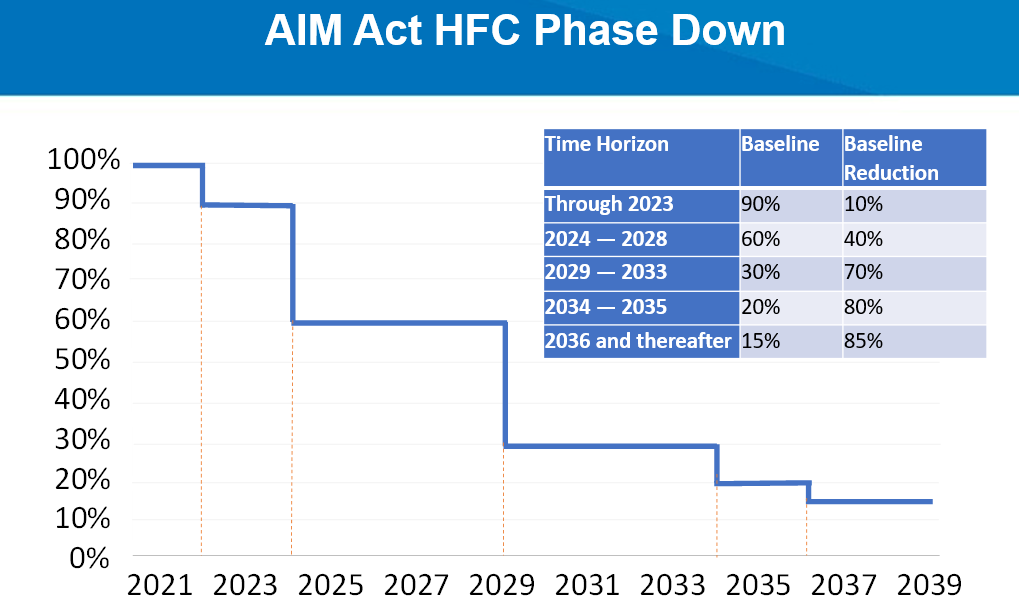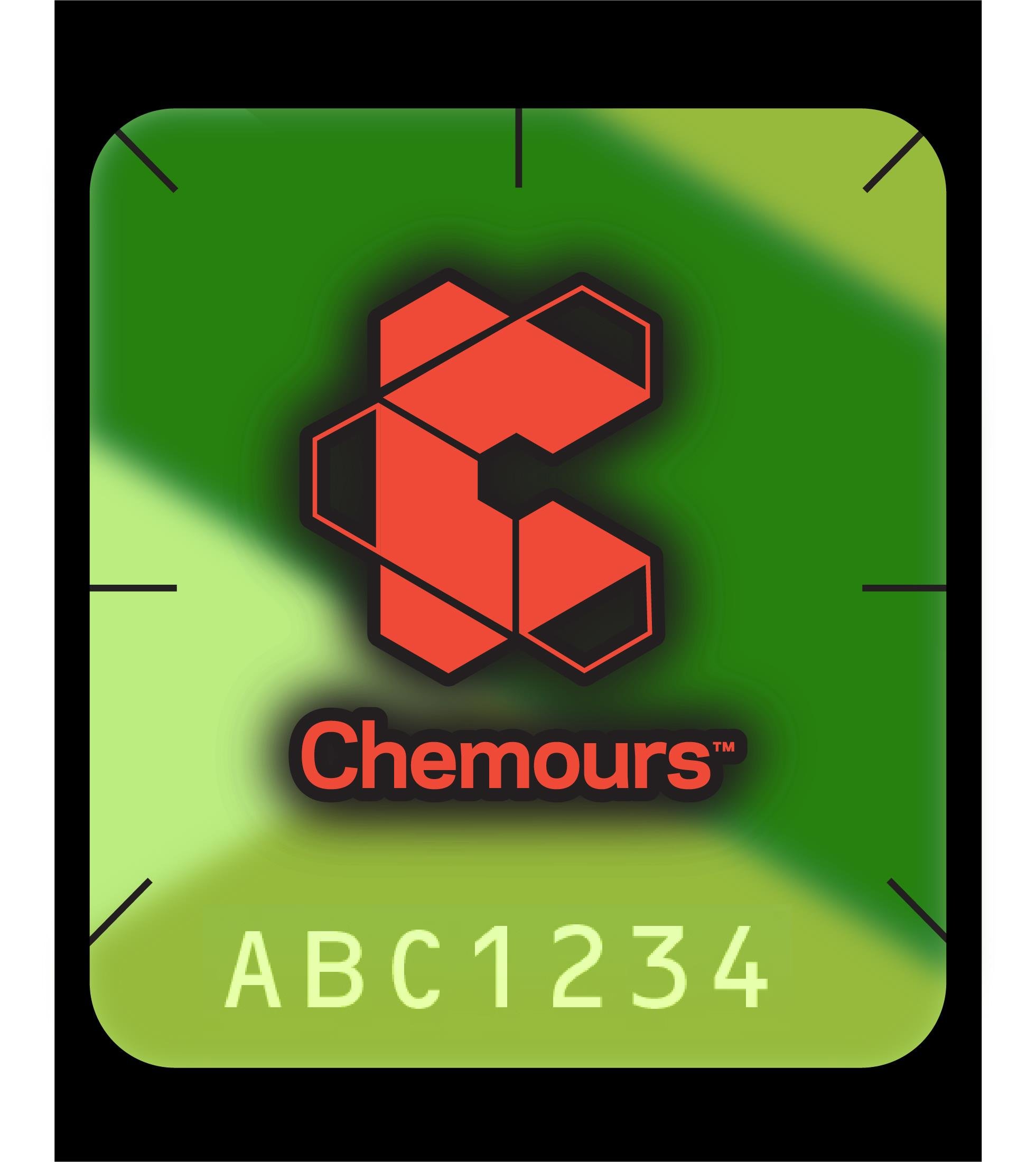Regulatory Landscape
Environmental concerns related to climate change and ozone depletion have led to the development of evolving global and regional regulations. These regulations have had significant implications for refrigerants, foam blowing agents, and other specialty and working fluids across a multitude of applications.
Those who work with these products should consult their specific country's current regulations, codes, and standards to ensure proper compliance.
Much of today's regulatory landscape traces its roots to the Montreal Protocol with substances that deplete the Ozone Layer (aka the Montreal Protocol). Finalized in 1987, the Montreal Protocol is an international treaty designed to protect the stratospheric ozone layer by phasing out the production of ozone-depleting substances. This protocol mandates the incremental phaseout of chlorofluorocarbons (CFCs) and hydrochlorofluorocarbons (HCFCs).
Under this treaty, CFCs have been phased out globally. Ultimately, the treaty aims to reduce HCFC usage 99.5% below 1987 baseline levels by 2020, with a complete HCFC phaseout by 2030. Since the treaty's ratification, the Kigali Amendment² and resulting regional regulations have expanded the Montreal Protocol's scope to include reduction and phase down schedules for hydrofluorocarbons (HFCs).
HCFC Phaseout Timelines and Implementations
Once HCFC production ceases based on regulatory requirements, reclaimed product and available inventories may enable continued aftermarket use for some time. It is important to consult your country’s local regulations for phaseout schedules and laws governing the continued use, sale, and handling of HCFC refrigerants and other products, as this varies by country.
The Chemours Company offers a portfolio of refrigerants, specialty fluids, and fire suppressants based on HFCs that are non-ozone depleting.
Expanded Focus on Greenhouse Gases
The timeline for implementing the Kigali Amendment to phase down the use of HFCs varies by country. More than 120 nations have ratified the amendment³ and are committed to its goals. To address these longer-term regulations, Chemours developed a new generation of low global warming potential (GWP), hydrofluoroolefin- (HFO) based Opteon™ refrigerants, foam blowing agents, specialty fluids, and thermal management working fluids.












